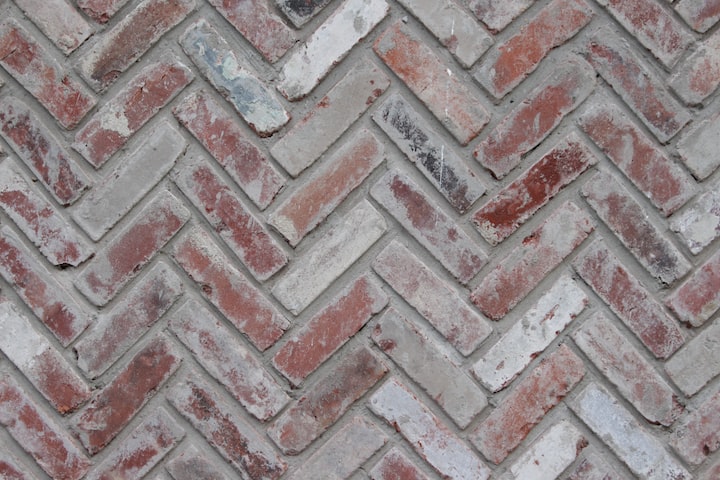Core drilling is the name of a precision concrete cutting method. It allows you to cut holes into any concrete, paved, or brick surface, including walls and floors.
Core drilling is essential for a wide range of applications, from installing utilities like cables and pipes to preparing HVAC ducting and more. Read on to learn about core drilling, what it is, how it works, how it is used in the construction industry, and more.
What is Core Drilling?
Core drilling uses a cutting drill to cut round, cylindrical holes in any concrete structure. It is a non-percussive, dust-free, and low-noise process. Holes can be drilled at any angle, horizontal or vertical, and hydraulic or electric rigs can be used for drilling in confined or sensitive areas.
How Does it Work?
Core drilling requires a specialized tool known as a coring tool or core drill. The purpose of this tool is to cut precise holes through surfaces like concrete, tile, stucco, sandstone, cement, and brick. A core drill is the masonry equivalent of a hole saw for plastic and wood. The primary element of a core drill is an annular cutter or drill bit. A drill bit is a hollow cylinder with an abrasive surface or teeth.
When the teeth of a core drill engage the desired surface, the rotating core drill bit gradually cuts a cylindrical or ring-shaped hole. As the drill bit creates a hole in the surface and advances, it leaves an uncut cylindrical piece of material known as a core. The diameter and size of the core drill bit both determine how far it can go until it becomes full of core materials. The drill bit can longer advance once it is complete. Next, the core must be extracted and removed from the surface. This process is repeated and altered until the desired hole length has been cut.
The key to successful core drilling is the proper configuration of a power unit, drill bit, stand, and safety equipment.
Applications and Uses of Core Drilling in the Construction Industry
Core drilling is widely used in the construction industry. Many types of contractors and engineers use it for a variety of purposes. Core drill power units can be equipped with core tubes for various soft and hard materials. You can core drill through concrete, brick, stone, asphalt, and structural concrete.
The most common application of core drilling is to create pathways in existing structures to accommodate utility permeations, e.g. fibre optic, cable, electrical, and phone line openings. HVAC contractors and plumbers use core drilling to carve openings for hydronics, electric wiring, plumbing, and heating.
Core drilling is also commonly used outside structures. Utility contractors use it in sub-surface applications, e.g. adding laterals to vault taps and utility holes, freshwater piping, and steam lines. Residential contractors use the technique to create holes in masonry walls, and foundations for dryer went, plumbing, electrical, and fireplace placements.
Considering the above-listed uses and applications, it is not surprising why core drilling Sydney services are in high demand in the construction industry.


